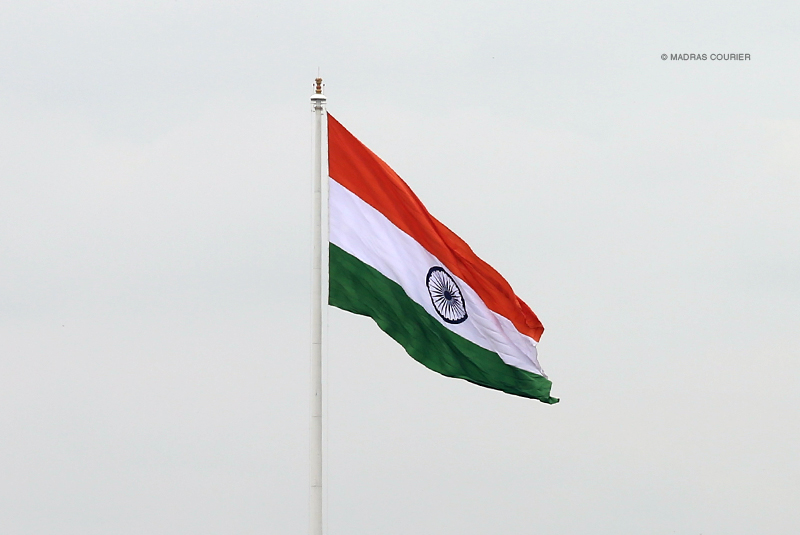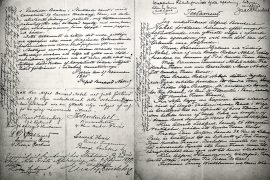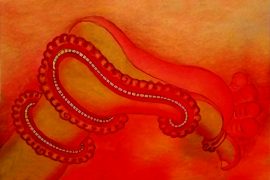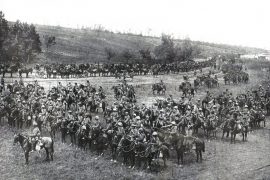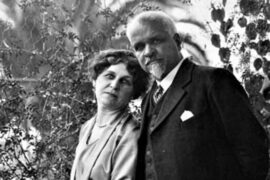In 1916, the Indian independence movement was only just beginning its demand for dominion status under the Home Rule movement. But that very year, a young man from Machilipatnam in Andhra Pradesh released a booklet titled “A National Flag for India.” It had 30 proposed designs for an Indian national flag, illustrated by a Mr E. Venkatasastry. Each came with a rationale and explanation.
Pingali Venkayya of Machilipatnam is oft credited as the man who designed the Indian tricolour. In fact, his design was the pre-final, one in a long list of steadily more-minimal flags that began with Sister Nivedita’s design of 1904. But Pingali’s flag design is the ideological parent of the final saffron, white and green tricolour.
Image: Sree Charan R/ Creative CommonsLittle is known about him or his legacy, besides a famous meeting he had with Gandhi in 1921. Described as ‘an enthusiastic college student’, Pingali pitched a tricolour of red, green and white with the charkha spinning wheel in the centre. Of the many flag designs of the 1900s, it was the closest one to what became the final saffron, white and green.
But not much is known about Pingali since then. He disappeared in the tumult of independence, dying an unrecognised and impoverished figure in 1963. His booklet, mentioned in Sadan Jha’s ‘Reverence, Resistance and Politics of Seeing the Indian National Flag” gives us a rare insight into a man who helped design the idea of India.
Copyright©Madras Courier, All Rights Reserved. You may share using our article tools. Please don't cut articles from madrascourier.com and redistribute by email, post to the web, mobile phone or social media.Please send in your feed back and comments to [email protected]

